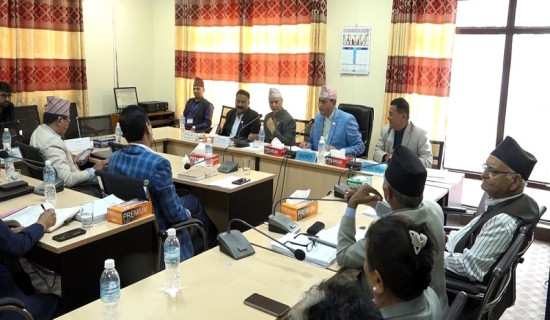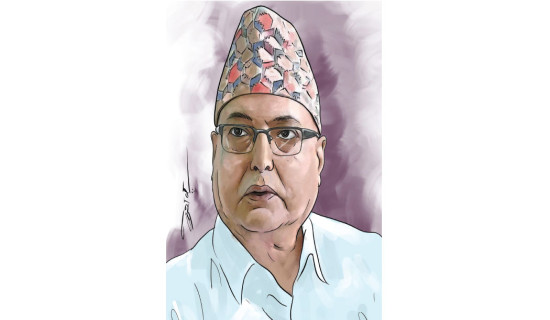- Friday, 16 May 2025
Millet cultivation declines in Bajura
By Sher Bahadur Sarki,Bajura, Sept. 22: In recent times, millet cultivation has been declining in Bajura, despite its status as a highly nutritious grain that can enhance dietary diversity and promote overall health.
This decline is primarily attributed to the lack of awareness about its benefits among the local population and their preference for paddy and wheat.
The local residents here have stopped cultivating millet after rice became readily available in every household with easy access to transportation.
Prem Nepali, a resident of Budhiganga Municipality-10 in the district, recalled that millet was the main crop when villagers faced food shortages. However, improved access to transportation services has resulted in a shift towards rice and wheat bread as dietary staples, contributing to a decline in millet cultivation among the local population in recent times.
He explained, "Another factor contributing to the decline in millet cultivation in the district is the low demand of millet within the village, and even when it is in demand, it sells at a low price."
In the past, locals used to cultivate millet to combat the famine that occurred during the pre-harvest period. However, now they have shifted away from millet cultivation, as rice has become readily available in everyone's home, thanks to transportation services," explained Nepali.
Millet is indeed highly beneficial for human health. It is easily digested and provides essential nutrients such as calcium, magnesium, phosphorus, manganese, vitamin B, tryptophan, fiber, antioxidants, and more, Nepali informed.
According to some studies, millet is also believed to be helpful in preventing certain types of cancer. Regular consumption of millet is said to reduce the risk of diabetes.
Bharat Rokaya, the Chairperson of Swamikartik Rural Municipality, mentioned that millet cultivation is well-suited for Bajura, and realizing its economic benefits for the local population, they have actively promoted millet cultivation among the locals in recent times.
In the fiscal year 2021/2022, a total of 17,782 metric tonnes of wheat were produced on 10,460 hectares of land, while for rice, 13,140 metric tonnes were harvested from 6,915 hectares.
The Agricultural Knowledge Centre in Bajura has reported a production of 5,250 metric tonnes from an area of 50,250 hectares of land in the fiscal year 2021/2022.
Given its significant health benefits, the Agricultural Knowledge Centre in the district has actively encouraged local farmers to engage in millet cultivation in recent times, said Min Prasad Jaishi, the Information Officer of the Centre.
He said, “A few years ago, Bajura's organic millet made its way to major cities like Kathmandu, Dhangadhi, and Chitwan.
Due to the lack of knowledge about millet among the locals and the recent preference for rice and wheat in their daily meals, millet cultivation has unfortunately been on the decline in this region, he added.
Jaishi mentioned that locals are currently purchasing millet from the local market and shipping them to other regions. After preparing various millet-based dishes and providing them to the local population, there has been a renewed interest among the locals in cultivating millet.

















